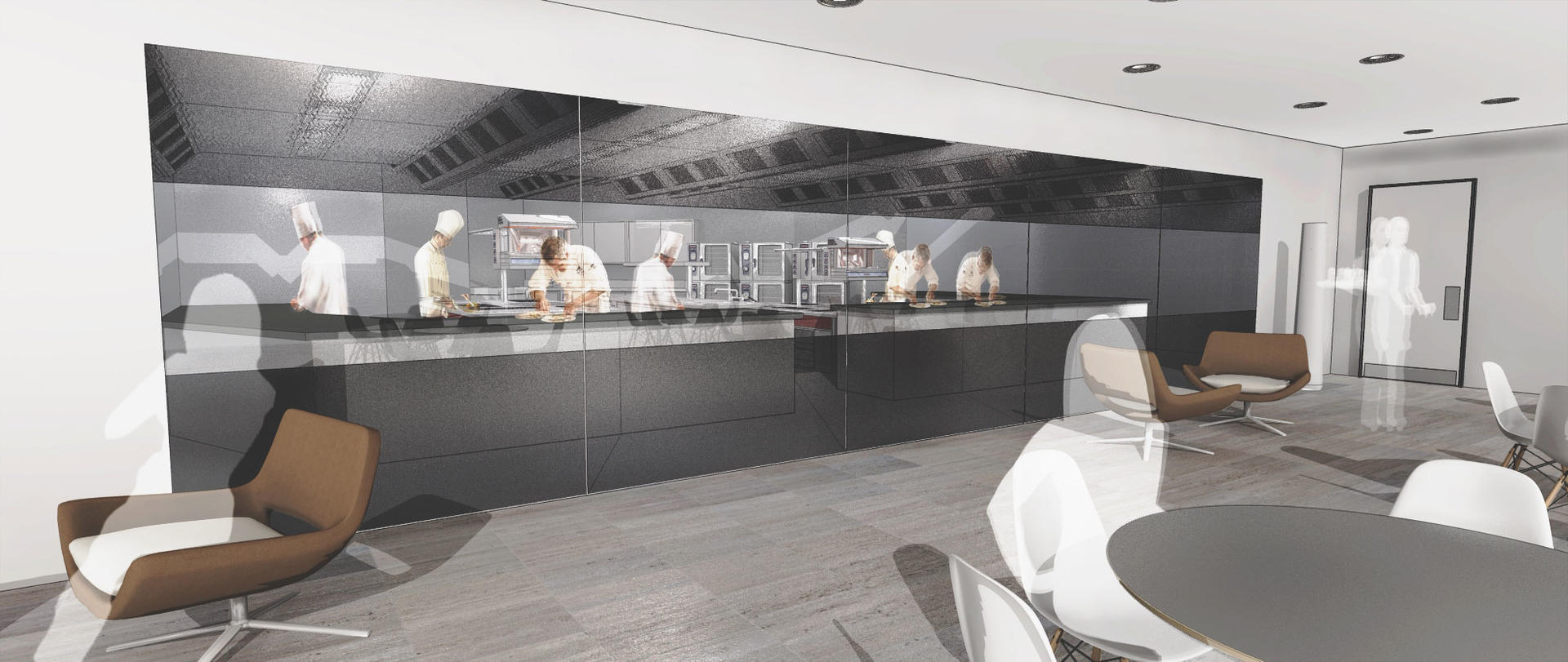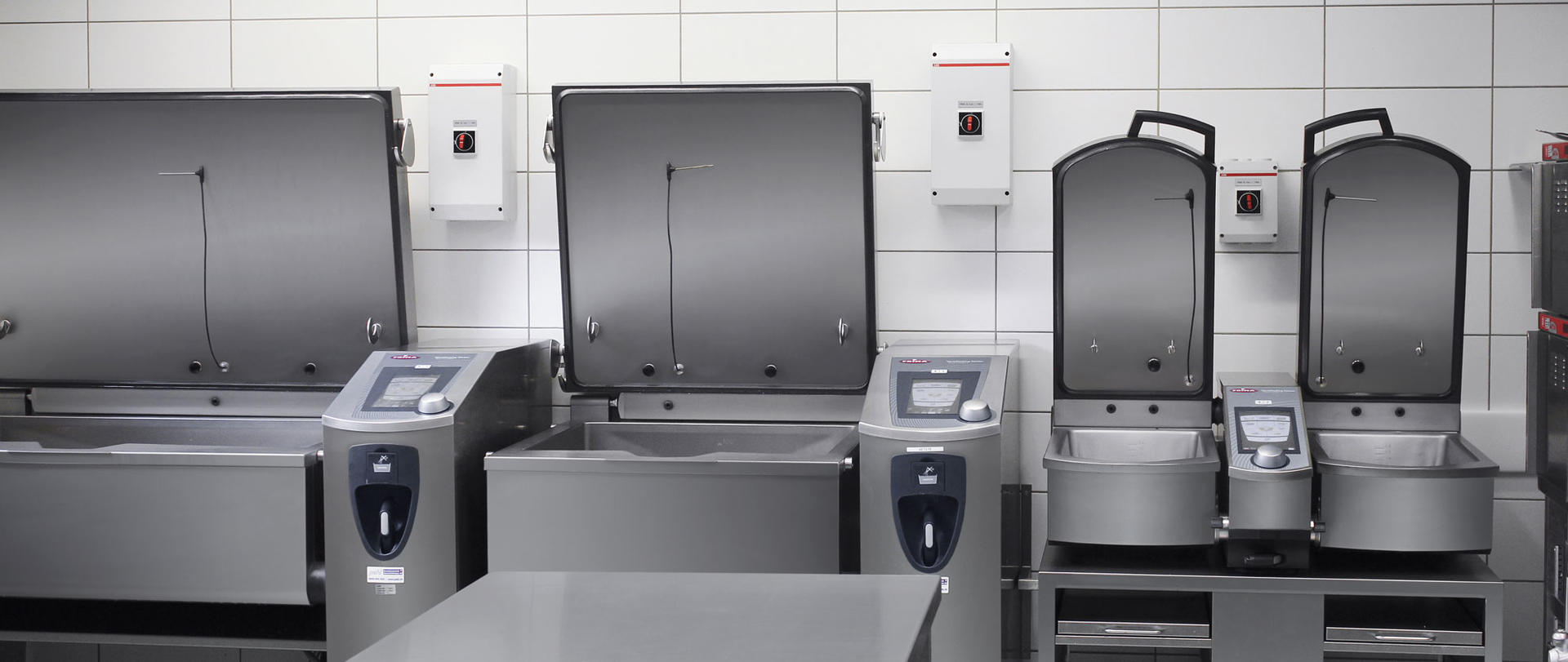Restaurant Kitchen Design Guide
The success of a restaurant kitchen design is down to the planning, which could take months to get right. As with any commercial kitchen design, a number of factors need to be taken into consideration such as ergonomics, workflow, layout, hygiene and budget, as well as the installation process – which needs careful planning to ensure it takes as little time and causes as little disruption as possible.
However, the starting point for the new design begins with your menu. The food you serve and the number of covers you can accommodate will dictate the type and amount of equipment you will need. Once that is known, then the rest of the design and layout can be drawn up.
One example is the Wild Food Café in London which specialises in plant-based food. This client had a very unusual requirement for 12 dehydrators for the preparation of kale, nuts, granola, etc. Space was limited, so it was essential that our design placed the dehydrators away from the preparation areas so they wouldn’t affect the workflow.
Another client, The Grove Hotel in Hertfordshire, wanted to design a fine-dining banqueting kitchen that was scalable enough and flexible enough for the preparation of high-quality meals for up to 200 covers, with provision for a wide variety of dietary requirements. The kitchen had limited space, so we designed it around up-to-date, high-performance appliances that would decrease the amount of equipment needed even for the maximum number of covers.
A bit of culinary theatre
How the restaurant wants to use their kitchen is another consideration that must be incorporated into the design. Many restaurants are opening up their kitchens to give diners a view of the chefs preparing their food. One of our restaurant kitchen designs for a 5* London hotel won the Overall Winner at the ceda Grand Prix Awards and was listed as one of Catering Insight magazine’s 100 Greats.
The basement kitchen is in full view from the Chef’s Table room where private functions took place, so we designed the kitchen to provide a sense of theatre, using some of the equipment as focal points – such as the Josper charcoal oven and pizza oven, as well as a marble pass for full visual effect, which also created a restaurant aesthetic.. Even though the aesthetic was a huge part of the design, it was vital to ensure it was also a practical and comfortable working environment for the chefs. This included the introduction of induction cooking, to limit ambient heat within the kitchen and ensure ease of cleaning during, and after service. This was crucial as the kitchen would be in full view of paying clientele.

Need help designing your kitchen?
A great working environment
Cost savings are key aspects of modern restaurant kitchen designs, some of which also bring environmental benefits that will contribute to your sustainability credentials.
Our ceda Grand Prix award-winning kitchen made use of the latest innovations in energy-saving equipment, resulting in a £75,000 lower energy bill per annum.
And by using energy-efficient devices such as induction hobs, chefs enjoyed a lower ambient temperature than they would have done with gas hobs, resulting in a much better working environment.
Induction cooking also has other benefits, including better hygiene (see below) because they can be cleaned down during service, which reduces the end-of-service cleaning time, whilst using fewer chemicals.

Equipment that works twice as hard
Multi-functional catering equipment, such as Rational’s iVario 2-XS, will not only make best use of your kitchen space, it will also enable you to be more flexible with your menu without the need to install additional appliances.
This compact piece of restaurant kitchen equipment takes up very little space within the kitchen, but what space it does take up, it uses well. It has the ability to boil, fry, deep-fry, braise and more. Its two pans can replace lots of individual pieces of equipment that can only be used for one purpose and take up valuable space.
It’s so good, it made the shortlist for our Top Innovative Catering Equipment for 2020.

Hygiene
Hygiene has always been an essential element that must be taken into account when it comes to catering design. When designing a new restaurant kitchen, the addition of equipment that is easy to clean, such as induction hobs and equipment that has a self-cleaning function, such as the latest Rational iCombi Pro, will significantly reduce staffing-levels and cleaning times.
A good kitchen design will also include seamless fabrication to ensure there is nowhere for food to get trapped on the surfaces or the floor. One-piece worktops, raised plinths and epoxy resin floors are all hygienic and take far less time to clean.
A truly hygienic restaurant kitchen design will save you time and money!
Restaurant kitchen design
We hope this gives you an idea of how great restaurant kitchen design can make the most of any space. A well designed commercial kitchen can result in better ergonomics and improved working conditions, as well as allowing your chefs greater creativity and menu flexibility. All at the same time as significantly reducing cleaning times.

